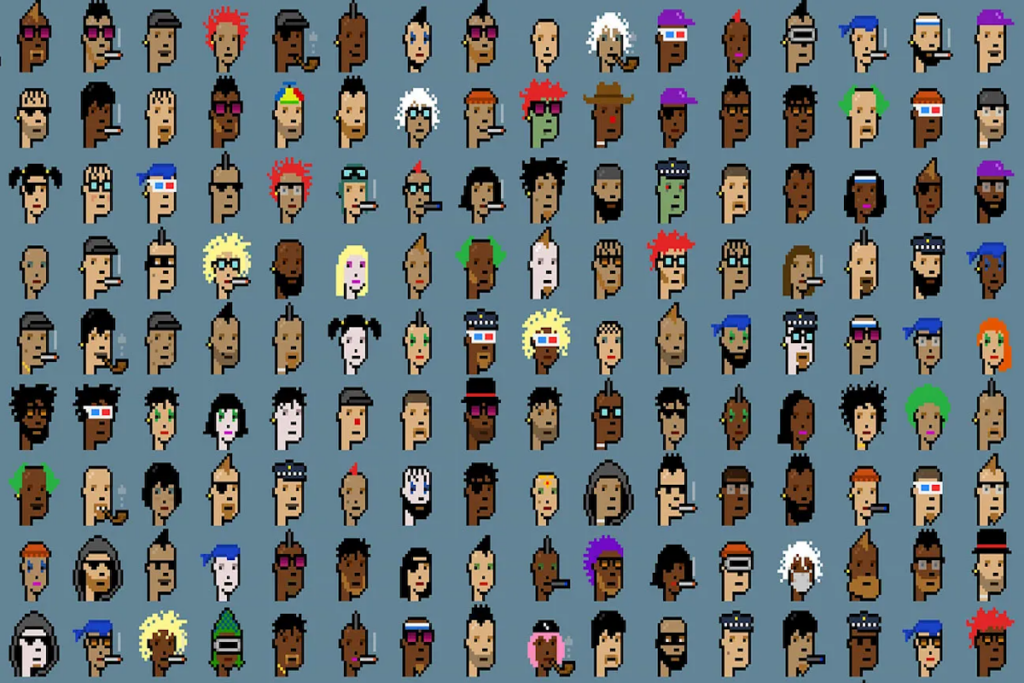Over the past 30 years, debit cards have gradually replaced cash as the payment method of choice. The advantages of paying by card are plain for all to see. Carrying a card is far better from a personal security perspective than carrying cash. It is more convenient as there is no need to stand in line at the bank or ATM. In addition, it boasts superior transparency, with every transaction detailed on your monthly statement.
But the way we have used cards has also changed dramatically. Back in the 80s, stores used manual card imprinters with carbon paper. These were superseded by electronic swipe machines that would print a slip for the customer’s signature, and then these in turn were superseded with the chip and pin machines that negated the need to provide a signature.
Using your card remotely – from telephone shopping to online casinos
One of the core benefits of digitizing card payments was the ability to make a payment using your card without having to be physically present. It made it possible to complete purchases over the telephone, just by providing the card number. And of course, with the advent of the internet, it completely changed our lives.
Online card payments are not just handy for ecommerce purchases. They also facilitate online service payments such as subscriptions to movie services like Netflix. One of the first uses of online payments was for the famous poker rooms of the early internet years. These days, card payments are the transaction method of choice for most online casino players in the US. Almost every US casino accepts debit cards, and you can look through a few examples of them at https://www.gamblingsites.com/banking/debit-cards/. It is quicker, easier and incurs lower transaction costs than a traditional bank wire transfer.
The arrival of contactless payments
Transitioning from chip and pin to contactless was a much smaller technological step than the introduction of chips in debit cards. However, it is set to have a far more profound impact on consumers. It simply uses a short range form of wireless technology called Near Field Communication (NFC) so all you need to do is wave the card in front of the reader to complete the transaction. No paperwork, no signature, not even a PIN code.
Contactless is safer than you might think

Some consumers are concerned about security. Perhaps surprisingly, contactless has been found to be more secure than chip and pin, as the terminal stores less card data and it is therefore more difficult for fraudsters to access your account.
Of course, nothing is completely immune from fraud and users still need to keep their card safe, and also to keep an eye on statements to be aware of unauthorized transactions. Having said that, most banks now offer a mobile app that will notify you of every transaction. So if you are unfortunate enough to be a victim of payment fraud, you will know about it instantly and be able to take immediate action.
Other benefits of contactless debit card payments
Aside from the possibly surprising advantage of better security, the most obvious benefit of contactless is convenience. Sometimes known as “tap and go,” it is lightning fast and minimizes hassle for both the buyer and seller. It is also a more environmentally friendly option as there is no need for any paper.
An advantage that would scarcely have registered with us four years ago came into sharp focus in 2020. Contactless, as the name suggests, means no contact is necessary. You don’t need to touch the terminal to enter a PIN, the merchant does not have to handle your card to swipe it. This makes it by far the most hygienic way to make a payment.
Versatility to go beyond cashless
Debit cards heralded the possibility of a cashless world, and Pew Research reports that about 40 percent of Americans no longer carry or spend cash as a matter of course. With contactless payments, it is possible to extend this concept to a walletless world. By saving your card details on an app like Google Pay or Apple Wallet, you can make contactless payments by tapping your phone instead of the card. Just be sure your battery has plenty of charge before you head out to the shops!
Author
-

Skilled Web3 analyst with a focus on the functional and ethical dimensions of decentralized networks.




